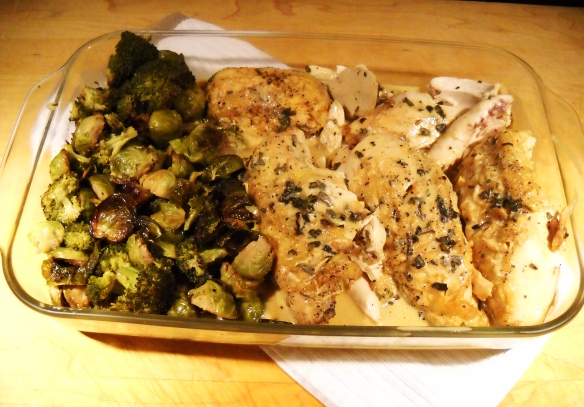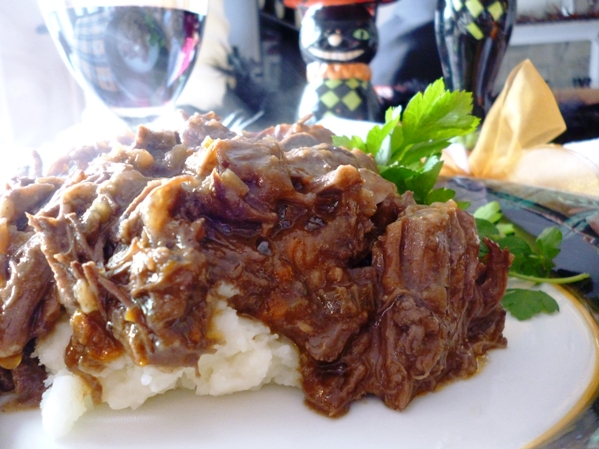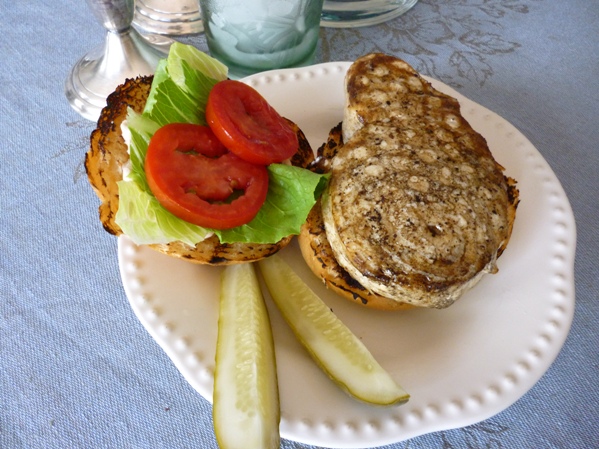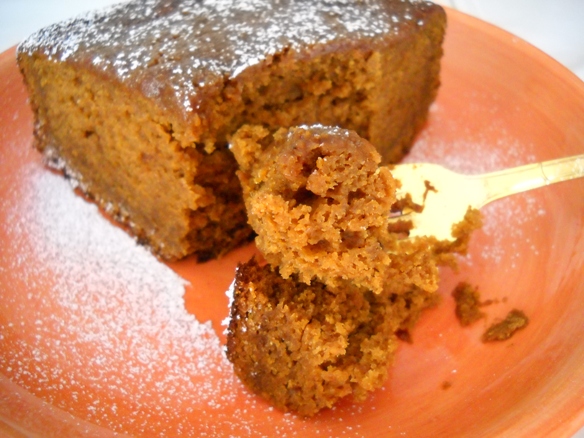 This recipe is not for the faint of heart. Not kidding. It’s a heart attack on a plate, so it doesn’t get made but once or twice a year. This was the only “northern” Italian recipe my mother knew of, when we were kids. Most of both sides of the family were from Naples, and some from Sicily, so the classic red sauce was our fare.
This recipe is not for the faint of heart. Not kidding. It’s a heart attack on a plate, so it doesn’t get made but once or twice a year. This was the only “northern” Italian recipe my mother knew of, when we were kids. Most of both sides of the family were from Naples, and some from Sicily, so the classic red sauce was our fare.
My great aunt married a Gozzi, from Guilford, and his family was from Northern Italy and they passed this recipe along.
My mother seasoned the chicken with salt and pepper, and then fried it in butter and sage, very slowly, in a cast iron frying pan. Then she added heavy cream to the pan, and let it simmer. That’s it for Version 1.
Version 2 is my adaptation because frying chicken is just too messy. The result is exactly the same. I also like to do this dish a day ahead of time, so that I can put the pan drippings into the refrigerator to chill, then scrape off the excess chicken fat. Proceed from there the day you are serving.
Some of you have asked for adaptations to recipes instead of cream. You can try to make the sauce as a regular gravy, by adding some water to the pan drippings and letting them loosen and dissolve, then thicken with a flour and water slurry. It will taste different, but how bad could it be?
Ingredients
3 lbs chicken, cut up, your choice
White pepper
Salt
Large bunch of fresh sage, leaves chopped
2-4 tbs unsalted butter
1 cup heavy cream
The Day Before:
- Preheat the oven to 425 degrees.
- Dry the chicken pieces and sprinkle them with salt and white pepper.
- Pat about half of the sage into the chicken pieces. Place the chicken, skin side up, on a large baking sheet. Depending on the size of the pieces, I may only have 4 pieces on each sheet. You want to leave plenty of space between the pieces so that they really sear, the skin gets crispy and the pan drippings get nice and brown. Use two sheet pans if you are making a lot of chicken. Just arrange your oven racks to the upper and lower thirds of the oven.
- Roast the chicken for about 45-60 minutes, or until a thermometer reads 185 degrees. I know, most thermometer guides tell you 160 for poultry, but we like the meat to fall off the bone. When you cook it in this hot an oven with the skin on, it still remains amazingly juicy and tender.
- Allow the chicken to rest for about 15 minutes, then remove it from the pans to a cutting board. When the chicken is cool enough to handle, remove the meat from the bones and store in the refrigerator.
- Scrape all of the pan drippings and liquid into a small bowl and refrigerate.
The Next Day:
- Scrape the excess fat from the drippings in the bowl and discard the fat. In a large sauce pan, melt 2 tbs of butter until it sizzles. Fry the remaining chopped sage in the butter until it becomes crispy and fragrent.
- Pour the pan drippings into the butter and sage and allow it to come to a boil for a few minutes to allow all of the scraped up bit to dissolve. Pour the cream into the sauce pan and simmer until it begins to thicken.
- Place the chicken in a casserole dish and pour the cream sauce over it. Reheat in a 350 degree oven for about 30 minutes, until the chicken is heated through and the sauce bubbles. Pour the cream gravy over the chicken and the polenta and serve.
Polenta
Depending on what brand you buy, various types of polenta call for different ratios of corn meal to water. I recommend using the ratio on the package you purchased, and I like to substitute half the water with whole milk.
My mother taught me this fool-proof method for cooking polenta. Much easier. I vividly remember her standing over a pot of boiling water, laboriously sprinkling in the corn meal with one hand and stirring the water with the other.
Polenta will hold in the pan for quite some time, so you can get it made and let it sit on the cooktop for a good hour, depending on your cookware.
- In a very large sauce pan combine the polenta, the water and the salt.
- Turn on the heat and as the pan heats up, stir the polenta.
- As it starts to thicken, you don’t have to stir continuously, but until it does, keep stirring.
- When it stars to boil, watch out. If it spatters on you, it hurts. That’s why I use a pan much larger than necessary for a little spatter protection.
- You can serve the polenta soft like mashed potatoes.
- Or, you can pour the polenta into a bread pan and chill overnight in the refrigerator.
- Coat the pan with a little olive oil before you pour the polenta in.
- The next day, invert the pan onto cutting board and let the polenta fall out in a single loaf.
- Slice the polenta into 1 inch thick slices.
- Place them on a baking sheet, brush with a little olive oil and brown them slightly under a broiler. Turn them after about 10 minutes to get both sides a little crispy on the outside, creamy on the inside.
Serve with the chicken and cream gravy.
 Sunday, December 30, 2012 at 11:11AM |
Sunday, December 30, 2012 at 11:11AM |  Margot
Margot 


















